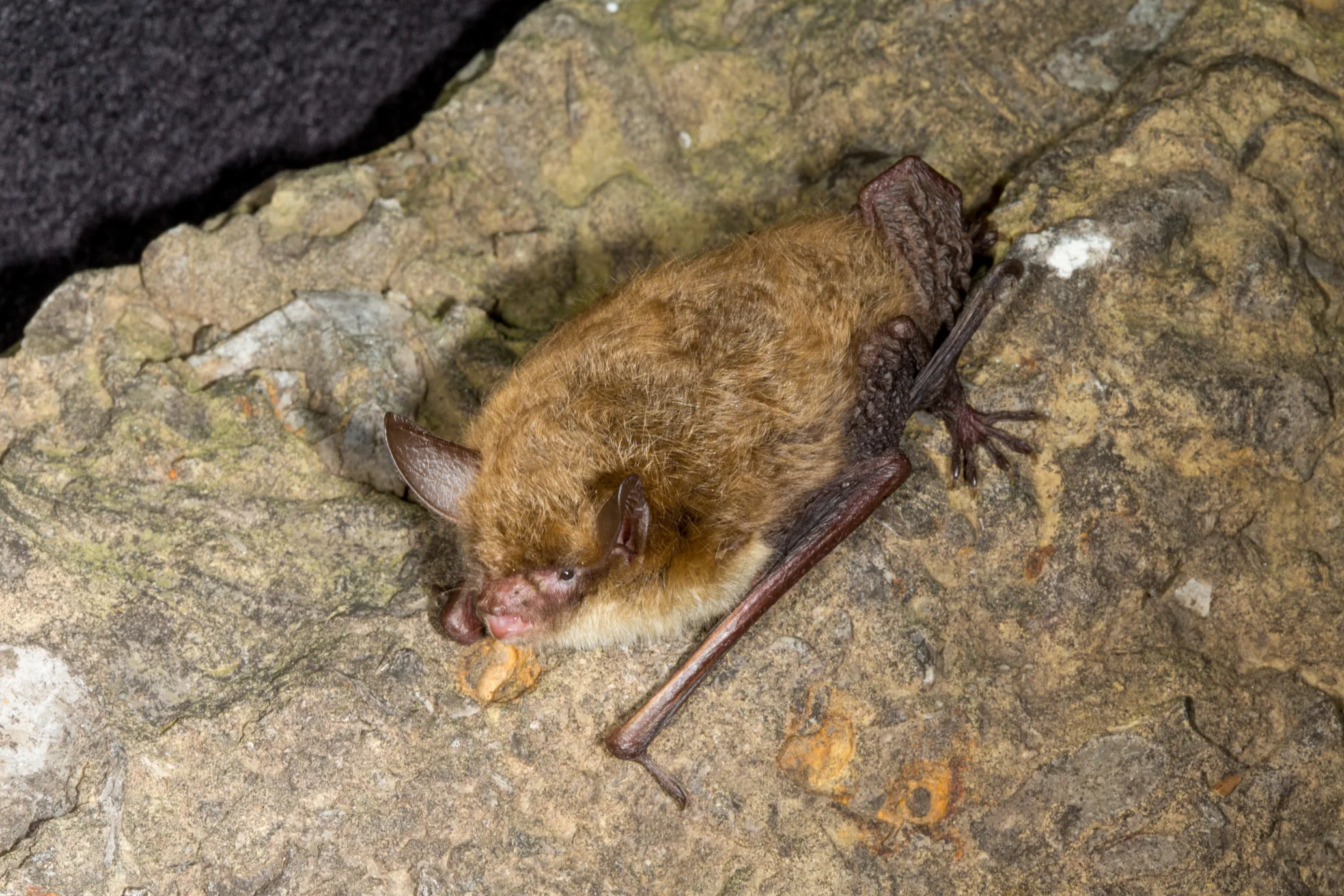A haven for endangered bats in Indiana
Bats are invaluable to North American ecosystems for their role in eating insects and saving plants and trees from damage and disease. But white-nose syndrome, the fast-moving fungal disease, has decimated North American bats in recent years.

Bats are invaluable to North American ecosystems for their role in eating insects and saving plants and trees from damage and disease. But white-nose syndrome, the fast-moving fungal disease, has decimated North American bats in recent years. And habitat destruction is another threat, including from wind farms, which can wipe out bat habitat during construction and then contribute to bat losses while operating.
Thanks to the accredited Central Indiana Land Trust, Inc., struggling bat species have a new protected haven in Vermillion County along a mile-long stretch of the Wabash River known as Wabash Reach. The 292 acres, protected by a conservation easement held by CILTI, offer plenty of places for bats to roost while foraging for insects along the river corridor. CILTI protected the land by working with the owner of the property, Resource Environmental Solutions, to offset wind farm-related bat losses in other parts of the state.
“Federally endangered Indiana bats and federally threatened Northern long-eared bats call this land home—and their habitat will be protected forever thanks to this partnership with RES,” says Cliff Chapman, CILTI’s executive director. “It’s not the first time we’ve worked with RES in this way. In 2017, the corporation sought our help to protect Indiana bat habitat on another Vermillion County property called Mule Ridge."
This article was originally published in the Spring 2022 issue of Saving Land.